Many of us take reading for granted. You’ve probably reached this web page after flicking through Twitter or doing a quick Google search. But for those with dyslexia, seemingly ‘simple’ tasks like looking up a website can be fraught with difficulty.
 People with dyslexia have a different way of processing information. Their brains can find it difficult to get to grips with large volumes of information, or complex concepts.
People with dyslexia have a different way of processing information. Their brains can find it difficult to get to grips with large volumes of information, or complex concepts.
Extracting the key information from a leaflet or a webpage can be tricky, particularly if they have not been designed with accessibility in mind.
But there are numerous things that can be done to make your communications more inclusive and, as the British Dyslexic Association (BDA) quite rightly points out on its website, ‘adopting best practice for dyslexic readers has the benefit of making documents easier on the eye for everyone’.
The first week of October marks Dyslexia Awareness Week and the BDA website contains a wealth of useful information about the condition.
Dyslexia is different in everyone but, as a general rule, it causes literacy issues including the inability to read at speed, problems with memory, and a reduction in the rate at which information is processed.
This dyslexia style guide is especially useful for anyone producing documents or webpages.
Key points include:
- Use matte paper to avoid distracting glare and shine
- Avoid white backgrounds – use softer colours
- Use simple sans serif fonts, usually in 12 or 14 point
- Avoid green, red and pink, as these colours are difficult for those with colour blindness (a condition associated with dyslexia) to see
- Avoid underlining
- Avoid block capitals
- Embrace bullet points and numbering to help break up lengthy chunks of information
- Consider flow charts and graphics where possible
So much of this information makes total sense for all communications, regardless of your audience. In this increasingly time-pressured society, where social media is shrinking all of our attention spans, it’s important for anyone involved in communications to consider how to simplify what they are trying to say.
At Sorted Communications we have helped produce documents for an array of organisations and audiences from the NHS and local authorities to small, private businesses. The one consistent theme that runs throughout is ‘how can we simplify this?’.
It’s not about dumbing down; it’s about distilling – taking key information and presenting it in a way that grabs attention, that sticks in your mind and, most crucially of all, doesn’t require too much effort from the reader.
If you would like help in streamlining your communications for those with dyslexia, or for any other audience, contact us today.
